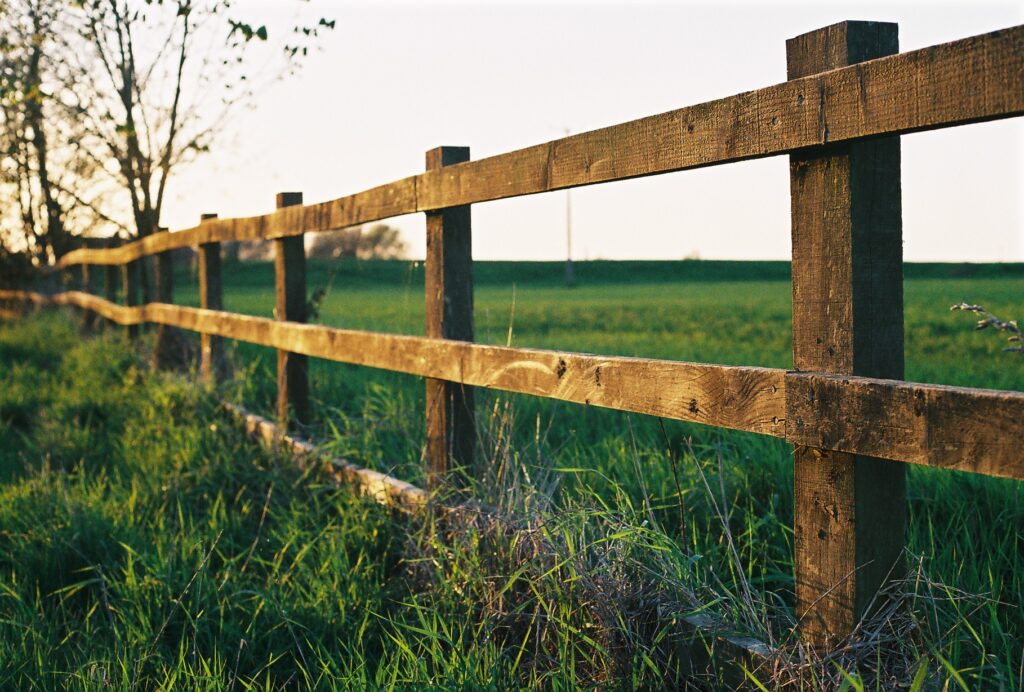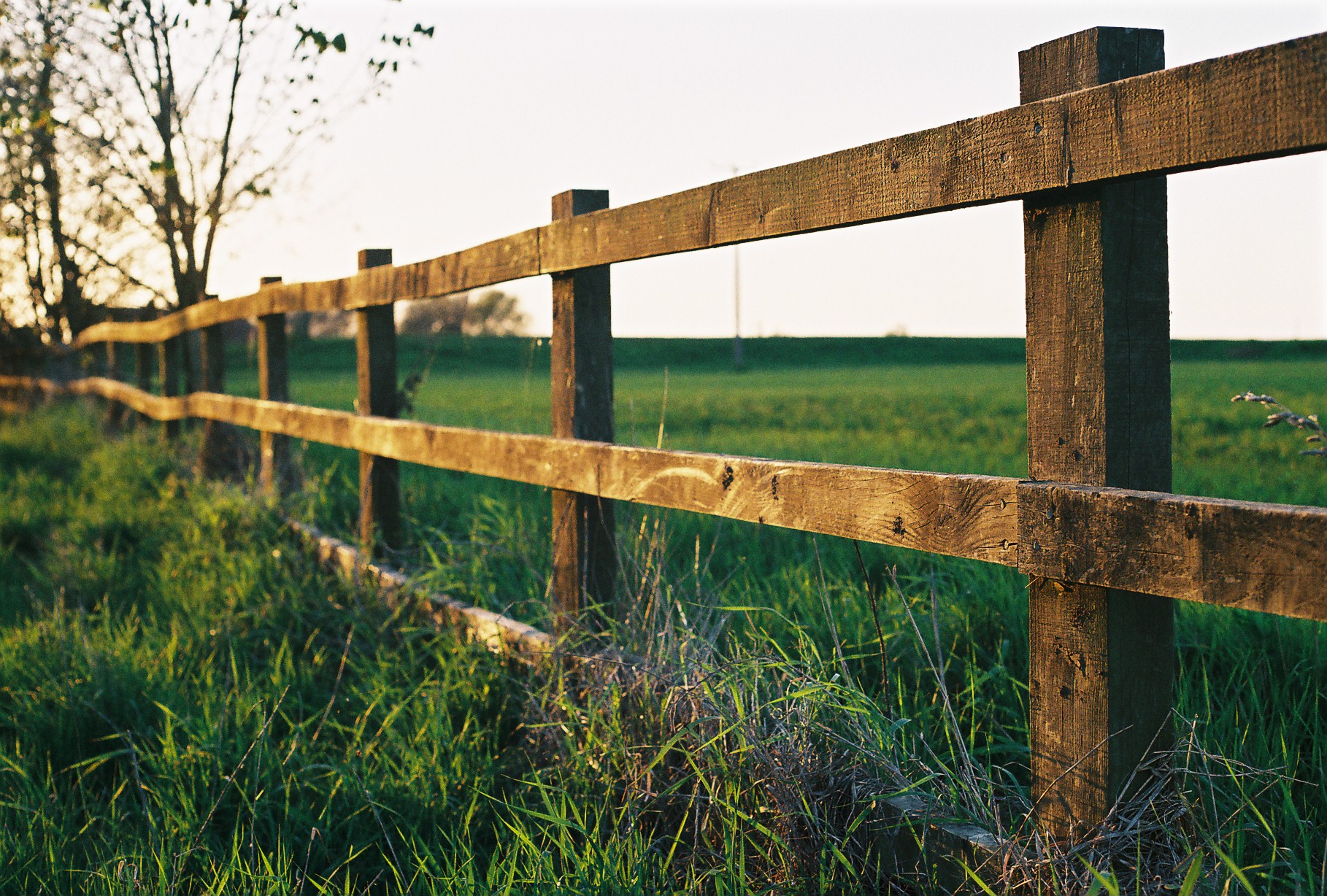
Types of Wood Fences for Farms: A Comprehensive Guide
Selecting the right fencing material is crucial for any farm. It defines boundaries, protects livestock, and enhances the overall aesthetic appeal of the property. Among the various options available, wood fences remain a popular choice due to their durability, versatility, and natural look. This guide explores the different types of wood fences for farms, highlighting their pros, cons, and suitability for various agricultural needs. From traditional post-and-rail fences to more modern designs, understanding the nuances of each type is essential for making an informed decision that aligns with your farm’s specific requirements and budget.
Understanding the Basics of Wood Fencing
Before diving into the specific types of wood fences for farms, it’s important to understand the fundamental components and considerations involved. Wood fencing typically consists of posts, rails (or boards), and sometimes wire mesh or other reinforcement. The choice of wood species, post spacing, and construction techniques all contribute to the fence’s overall strength, longevity, and functionality.
Key Considerations for Choosing Wood Fences
- Livestock Type: Different animals require different fence heights and strengths. Cattle fences need to be robust, while horse fences should be designed to prevent injuries.
- Budget: The cost of materials and labor can vary significantly depending on the type of wood fence you choose.
- Climate: Weather conditions, such as heavy rain, snow, and extreme temperatures, can impact the lifespan of a wood fence. Consider using treated wood or naturally rot-resistant species.
- Aesthetics: The appearance of the fence can contribute to the overall curb appeal of the farm.
- Maintenance: All types of wood fences require some level of maintenance, such as painting, staining, or replacing damaged components.
Common Types of Wood Fences for Farms
Now, let’s delve into the most common types of wood fences for farms:
Post and Rail Fences
Post and rail fences are a classic and economical option, particularly well-suited for containing large livestock like cattle. They consist of vertical posts spaced at regular intervals, with horizontal rails attached to them. The number of rails can vary depending on the size and temperament of the animals being contained.
Pros:
- Relatively inexpensive.
- Easy to install.
- Visually appealing, offering a rustic charm.
Cons:
- Not suitable for smaller animals that can squeeze through the rails.
- Requires regular maintenance to prevent rot and decay.
- May not be strong enough to contain aggressive animals.
Board Fences
Board fences, also known as plank fences, feature solid wooden boards attached horizontally to vertical posts. These fences offer greater visibility and security compared to post and rail fences, making them a popular choice for horse farms and properties where aesthetics are a priority.
Pros:
- Provides excellent visibility and security.
- Offers a clean and attractive appearance.
- More effective at containing smaller animals.
Cons:
- More expensive than post and rail fences.
- Requires more materials and labor to install.
- Susceptible to damage from horses leaning or chewing on the boards.
Split Rail Fences
Split rail fences are constructed from rough-hewn wooden rails that are interlocked or stacked between posts. These fences have a distinctive rustic look and are often used for decorative purposes or to define property lines. They are less effective at containing livestock than other types of wood fences.
Pros:
- Visually appealing and adds a rustic charm to the property.
- Relatively easy to install, requiring minimal tools.
- Can be constructed from locally sourced materials.
Cons:
- Not suitable for containing most livestock due to large gaps between the rails.
- Offers minimal security.
- Prone to rot and decay, requiring frequent replacement of rails.
Picket Fences
Picket fences are characterized by evenly spaced vertical boards (pickets) attached to horizontal rails. While primarily used for residential properties, picket fences can also be used on farms to create decorative borders or enclose gardens. They are not typically used for containing livestock.
Pros:
- Adds a charming and decorative touch to the property.
- Relatively inexpensive compared to other types of wood fences.
- Easy to customize with different picket styles and paint colors.
Cons:
- Not suitable for containing livestock or providing security.
- Requires regular painting or staining to maintain its appearance.
- Susceptible to damage from weather and pests.
Wood and Wire Combination Fences
These fences combine the strength and aesthetics of wood with the affordability and effectiveness of wire mesh or woven wire. They typically consist of wooden posts and rails with wire fencing stretched between them. This type of wood fence is a versatile option for containing a variety of livestock, including horses, cattle, and smaller animals.
Pros:
- Provides a good balance of strength, security, and affordability.
- Effective at containing a wide range of livestock.
- Offers a visually appealing alternative to all-wire fences.
Cons:
- Requires more labor to install than simple wire fences.
- The wire can sag or break over time, requiring maintenance.
- Wood components still require protection from rot and decay.
Choosing the Right Wood Species
The type of wood used for your fence significantly impacts its durability and longevity. Here are some popular wood species for farm fences:
- Pressure-Treated Pine: This is a common and affordable option that is treated with chemicals to resist rot and insect damage. It’s a good choice for posts and rails that will be in direct contact with the ground.
- Cedar: Cedar is a naturally rot-resistant wood that is known for its beauty and durability. It is more expensive than pressure-treated pine but requires less maintenance.
- Black Locust: Black locust is one of the most durable and rot-resistant woods available. It is naturally resistant to insects and decay, making it an excellent choice for fence posts.
- Oak: Oak is a strong and durable hardwood that is often used for fence posts and rails. It is less rot-resistant than cedar or black locust but can be treated to improve its lifespan.
Installation and Maintenance Tips
Proper installation and regular maintenance are essential for extending the lifespan of your wood fence. Here are some tips to keep in mind:
- Use treated posts: When setting fence posts, use pressure-treated wood or a naturally rot-resistant species to prevent decay at ground level.
- Properly space posts: Follow recommended post spacing guidelines for the type of wood fence you are installing. Closer spacing provides greater strength and stability.
- Apply sealant or stain: Protect the wood from moisture and UV damage by applying a sealant or stain every few years.
- Inspect regularly: Check the fence regularly for signs of damage, such as rot, cracks, or loose boards. Repair or replace damaged components promptly.
- Clear vegetation: Keep vegetation away from the fence to prevent moisture buildup and insect infestations.
Cost Considerations for Wood Fences
The cost of a wood fence can vary widely depending on the type of wood fence, the materials used, and the labor involved. Post and rail fences are generally the least expensive option, while board fences and wood and wire combination fences tend to be more costly. Consider obtaining quotes from multiple contractors to compare prices and services. [See also: Fence Installation Cost Guide] Don’t forget to factor in the cost of maintenance, such as painting, staining, and repairs, when budgeting for your fence.
Conclusion
Choosing the right types of wood fences for farms is a significant decision that requires careful consideration of your specific needs, budget, and aesthetic preferences. By understanding the pros and cons of each type of wood fence and selecting the appropriate wood species, you can create a durable, functional, and visually appealing fence that will serve your farm for years to come. Remember to prioritize proper installation and regular maintenance to maximize the lifespan of your investment. Whether you opt for the rustic charm of a post and rail fence or the security of a board fence, a well-constructed wood fence is a valuable asset for any farm. Consider the different types of wood fences for farms and choose the one that best suits your needs. Remember to research different types of wood fences for farms before making your final decision. When choosing types of wood fences for farms, consider the animal type. The best types of wood fences for farms will be durable and long-lasting. Many farms prefer certain types of wood fences for farms over others. Knowing the different types of wood fences for farms is crucial. Many factors influence which types of wood fences for farms are chosen. Consider the types of wood fences for farms that are easy to maintain. Choose the types of wood fences for farms that are most cost-effective. The selection of types of wood fences for farms depends on the farm’s needs. Different types of wood fences for farms offer different levels of protection. The variety in types of wood fences for farms allows for customization.

